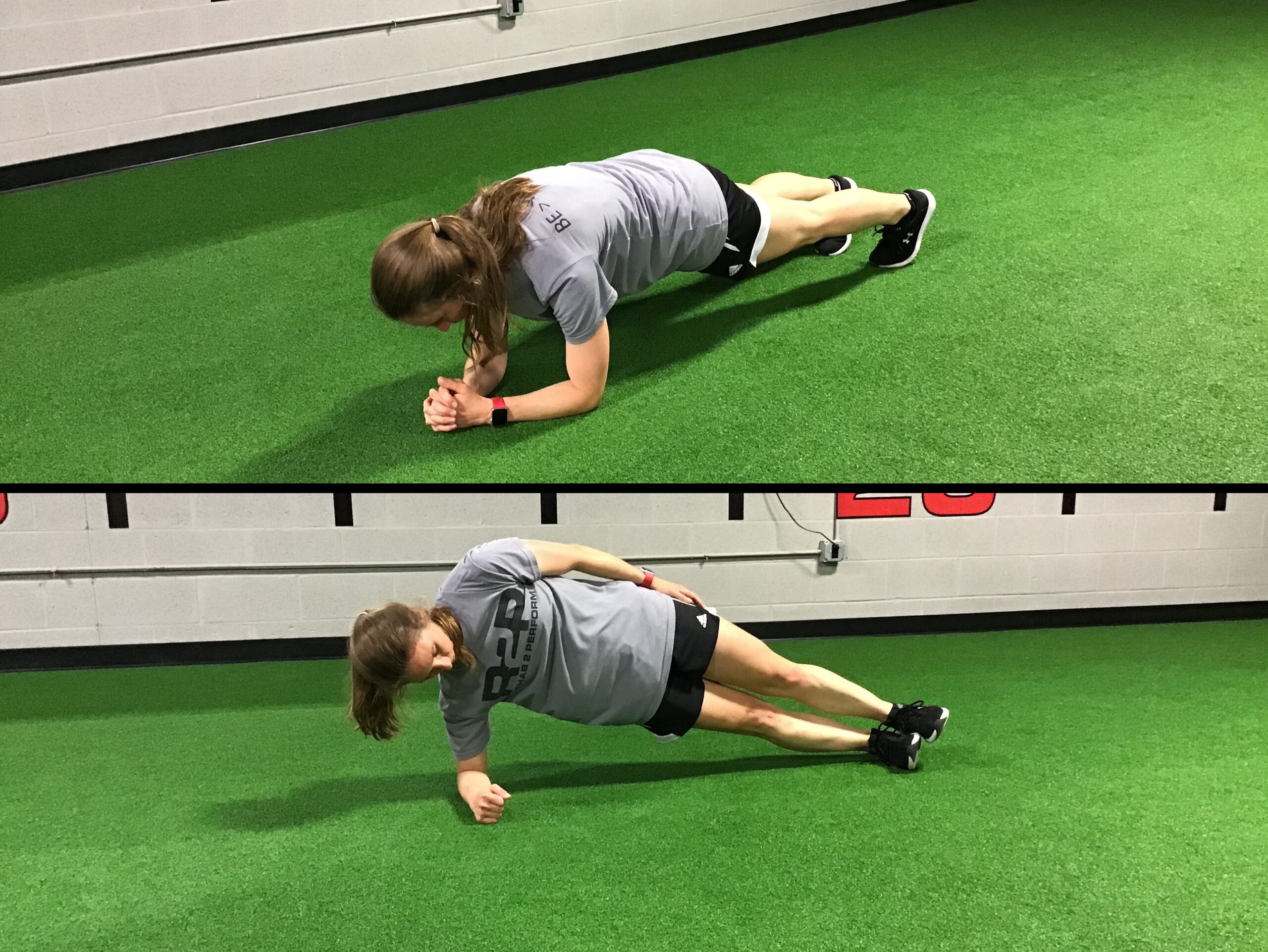Importance of Core Strength
Core stability refers to the ability to keep your spine from moving during physical activity, such as walking, running, swimming, etc. Your core helps you control your body effectively
Your core refers to the midsection of your body, front, rear and sides; it connects the upper and lower regions of your body. The core’s major muscle groups include the transversus abdominis (your six-pack abdominal muscles), the pelvic floor muscles, the internal and external obliques, the rectus abdominis, the multifidus, the erector spinae, and the diaphragm, which is crucial for breathing.
Core Strength and Stability
 The core supports your spine and pelvis and is integral to motion, transferring force from one area to the other. Having a strong core is important for movement, because weak or inflexible core muscles can interfere with the proper functioning of your legs and arms. Strong core muscles also provide you with balance and stability and help prevent falls and injuries.
The core supports your spine and pelvis and is integral to motion, transferring force from one area to the other. Having a strong core is important for movement, because weak or inflexible core muscles can interfere with the proper functioning of your legs and arms. Strong core muscles also provide you with balance and stability and help prevent falls and injuries.
What Is Core Stability and Why Does it Matter?
Core stability refers to the ability to keep your spine from moving during physical activity, such as walking, running, swimming, etc. Your core helps you control your body effectively, helping you use your arms and legs to the best advantage and preventing your spine from bending or flexing unintentionally. Core stability is important because stability is crucial to your everyday activities.
Signs of a Weak Core
If you haven’t really thought about the importance of core strength until now, it’s time to pause and assess yourself. If you have a weak core, you needn’t simply sigh and fret; you can do core stability exercises to strengthen it.
There are a number of signs of a weak core. One of the major indicators is lower back pain that isn’t the result of another back issue. You need strong muscles surrounding your spine in order to properly support its vertebrae and discs. Without them, the forward curve of a normal spine won’t be possible and you may have pain in the surrounding tendons and muscles.
Another indicator is poor posture. Your spine and pelvis are held in place by the muscles in your abdomen and lower back. If they aren’t strong, your posture will suffer and the resulting slouch will strain muscles. Sitting or standing erect for long periods of time will be problematic. Often, people with lower back issues also have posture problems and vice-versa.
Strong core muscles are the key to stability, so if you are having trouble with your balance, your core may be the weak link. Test yourself by standing on one leg with your eyes closed for ten seconds; try this with each leg. If you can’t hold the position, it’s a sign that your core needs strengthening. If you stumble, a strong core can help you remain upright, so it’s important to exercise those muscles.
The hollowing test is another way of checking your core strength. Take a deep breath and pull your stomach muscles back toward your spine as you exhale. If you can’t manage to hold them there for 10 seconds, it’s another indicator that more core strength is required.
If you have ever practised yoga, you are familiar with the plank position, one that challenges your abdominals and tests your core strength. Try it by assuming doing a push-up, resting your weight on your arms, elbows and toes with your hips held level and steady. If you can’t remain in this position for 50 seconds, guess what? Your core needs strengthening.
Finally, general muscle weakness may be an indicator of inadequate core strength. Your core provides the power for motion and stability, too. If your arms and legs aren’t being accommodating, it may be due to a weak core.
